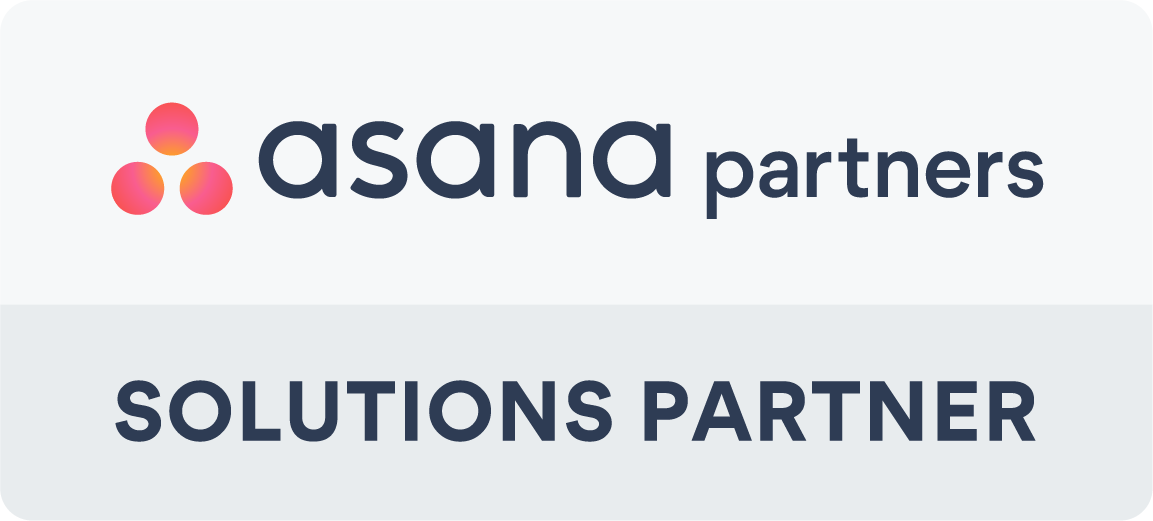BONUS DOWNLOAD: 5 Signs You’ve Outgrown Zapier (EBOOK)
SaaS (Software as a Service) has long been the norm among enterprises. It’s the golden standard for businesses that don’t want to shell out substantial sums for additional tools to their existing software. And with an ever-increasing demand for new software and capabilities, it is all the more challenging for software/system vendors to accommodate every customer need.
It was SaaS that first bridged the gap between different systems operating on separate platforms. Now, vendors are looking for a new way to create a more frictionless IT experience between consumer expectations and internal systems as a whole.
Enter iPaaS (Integration Platform as a Service).
iPaaS is a platform that connects what are usually disjointed systems to deliver a unified solution. It opens up a pathway for communication between multiple systems — allowing for integration and data sharing.
iPaaS thus enables organisations to extract more from their existing systems as we deepen our cloud dependency. Today, many view iPaaS as integral to nearly every business model.
Most companies deploy various systems, especially between their sales, marketing, and service departments. iPaaS is a solution that improves communication between different data silos by integrating software and systems to better exchange information inside and outside the organisation.
iPaaS allows companies to expand their offering without building out more services or further developing existing systems and services. Because it integrates with software that already provides that service, it offers a unified, more robust solution to customers.
A company can rely on iPaaS to supply the base infrastructure for creating connections and deploying software applications inside the cloud and on-premise environments.
With iPaaS, you can set the parameters for the types of connections allowed on the platform. These parameters could take the form of an application programming interface (API), prebuilt connectors, or another rule. Once in place, iPaaS creates a central ecosystem to view, manage, and modify all data, infrastructure, and operations. This oversight gives you a full view of the system so you can adjust products, share information, and provide solutions to the market.
With that in mind, let’s consider eiPaaS.
The main differences between eiPaaS and iPaaS consist of the platform’s scenarios in the most basic sense.
BONUS DOWNLOAD: 5 Signs You’ve Outgrown Zapier (EBOOK)
Companies usually use eiPaaS solutions for cloud service integration (CSI), application-to-application integration (A2A), business-to-business integration (B2B) scenarios and, increasingly, for mobile application integration (MAI) and IoT integration scenarios. These are far more versatile than the single use-case point-to-point solutions associated with a regular iPaaS solution.
eiPaaS solutions achieve greater functionality by developing, deploying, executing, managing and monitoring integration processes that connect multiple endpoints in various deployment models so that they can work together.
Unlike iPaaS solutions, eiPaaS solutions support enterprise-class integration projects requiring;
- High availability
- Disaster recovery (HA/DR)
- Security and data protection concerns
- Service-level agreements (SLAs)
- Technical support from the provider
Many people see eiPaaS as the logical continuation of iPaaS, and eiPaaS provide the whole gamut of API management and integration capabilities to handle the connectivity and integration of applications in the cloud and on-premise. As enterprise architecture reaches the fourth stage of evolution, organisations can benefit from the extended autonomy, enhanced connectivity, enforcement policies and governance that this approach enables.
Ultimately, both iPaaS and eiPaaS have significant implications for adapting enterprise architecture to the rapid rise in cloud services adoption. These two approaches help translate business strategy into a value stream generation outcome by creating the foundation to execute various IT initiatives and processes.
Integrating (and APIs) is vital in enterprise architecture that evolved parallel with operational change and advances in technology (where cloud systems and cloud applications see increased adoption). But alongside the evolution of enterprise architecture, the way organisations operate, and advances in technology have also changed.
The connection between business and technology is now the driving force in generating value streams. However, to achieve those objectives, and enterprise architecture requires a future-proof integration platform, and that’s where EiPaaS and iPaaS become the neural system of a digitally-driven organisation.
Want to find out more about implementing iPaaS for your organisation? Check out gend.co/workato for a free 30-day trial and demo of the platform.



